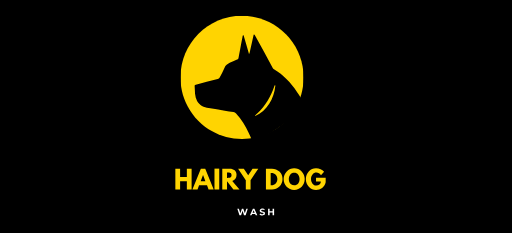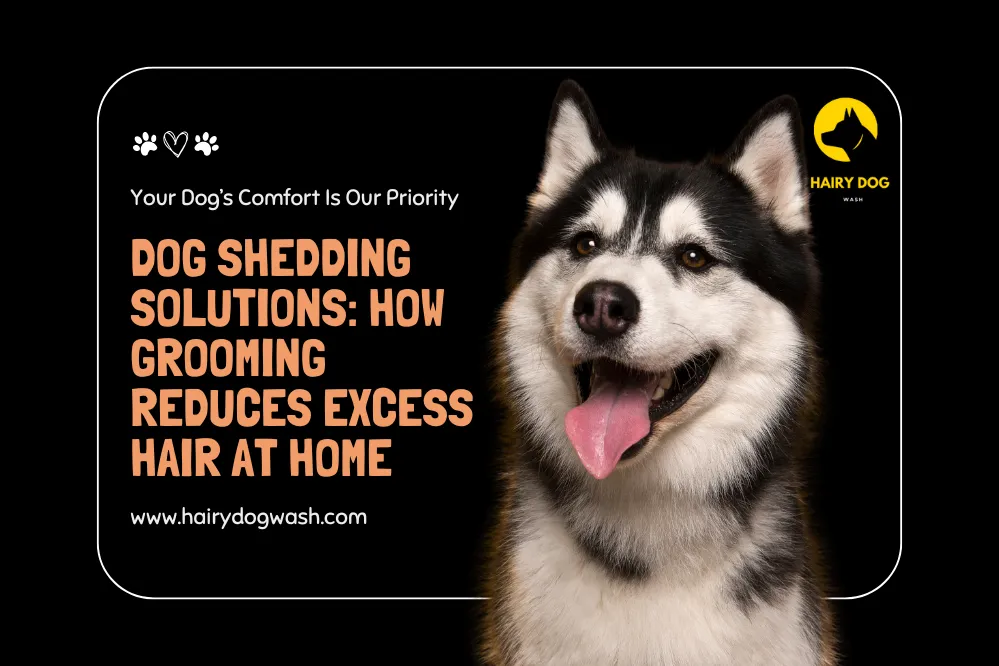Shedding is a normal part of your dog’s life. All dogs shed. Some shed more than others. The amount of shedding depends on the breed, coat type, and health of the dog. For many pet owners, shedding can be annoying. Dog hair ends up on the floor, sofa, bed, and even your clothes. It feels like a never-ending battle.
The good news is that you can reduce this problem. Regular grooming can help manage and control shedding. Grooming is more than keeping your dog clean. It helps keep the skin and coat healthy. It removes loose hair and prevents tangles. Nail Trimming 101: Why It’s More Important Than You Think, read the full blog.
In this blog, you’ll learn why dogs shed, how grooming helps, and which tools and tips work best. With a proper routine, you can enjoy your dog’s company without living in a fur-covered home.
Why Do Dogs Shed?
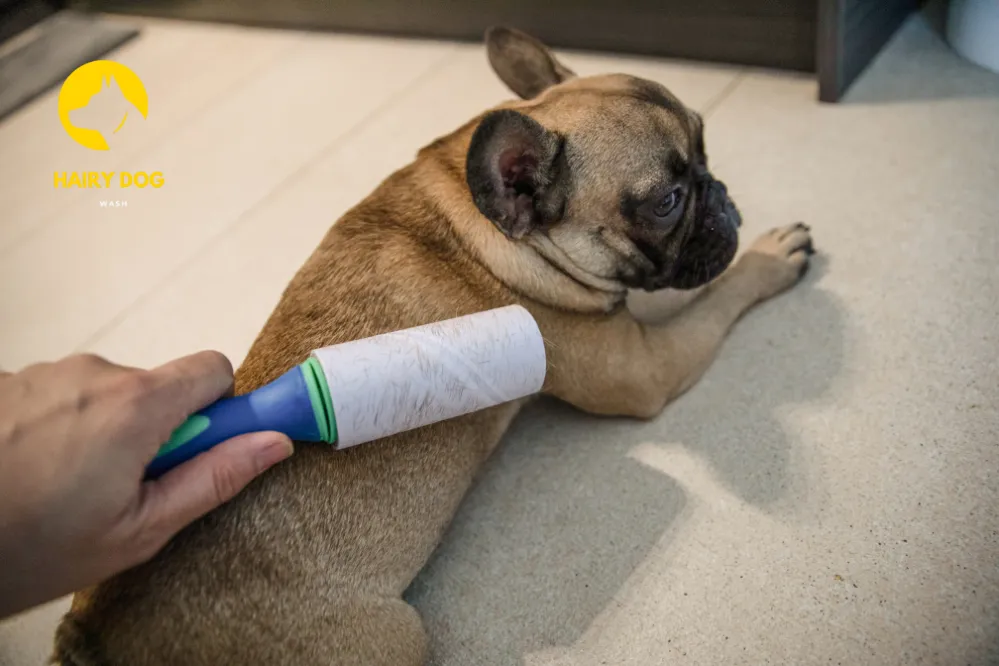
Dogs shed to get rid of old or damaged hair. This is part of their natural hair growth cycle. Some dogs shed seasonally. Others shed all year round.
Here are the common reasons why dogs shed:
1. Coat Type
Double-coated breeds like Golden Retrievers, Huskies, and German Shepherds shed more. They have a soft undercoat and a topcoat. The undercoat sheds heavily during seasonal changes.
2. Seasonal Changes
In spring and fall, dogs shed more. In spring, they lose their winter coat. In fall, they grow a thicker coat for winter.
3. Health Conditions
Excess shedding can also be a sign of skin infections, allergies, or poor nutrition. If your dog is shedding too much suddenly, it’s best to check with a vet. Best Shampoos for Sensitive-Skinned Dogs (That We Actually Use), read the full blog.
4. Stress or Anxiety
Dogs can shed more when they’re stressed. A new environment, loud noises, or separation anxiety may trigger this.
How Grooming Helps with Shedding
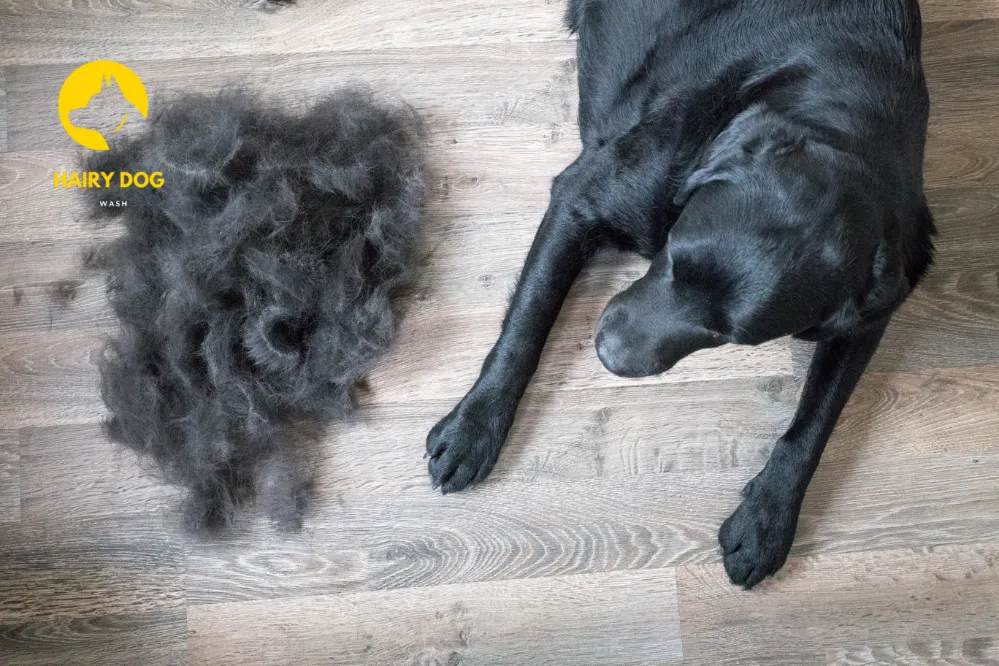
Grooming is the best way to deal with dog hair. It removes dead fur before it falls around the house. It also helps keep the skin clean and healthy.
Here’s how grooming helps control shedding:
1. Removes Loose Hair
Brushing gets rid of loose fur before it ends up on your furniture. It also spreads natural oils across the coat. This keeps the fur soft and shiny.
2. Prevents Mats and Tangles
When hair sheds and stays on the body, it can clump. These mats can be painful and cause skin issues. Regular grooming prevents this.
3. Keeps Skin Healthy
Bathing and brushing keep the skin clean. They remove dirt, dander, and bacteria. Healthy skin leads to a healthy coat.
4. Helps You Spot Problems
When you groom your dog often, you can spot issues early. You’ll notice if there’s too much hair loss, bumps, or dry patches. Early detection can prevent major problems later.
Best Grooming Tools for Shedding
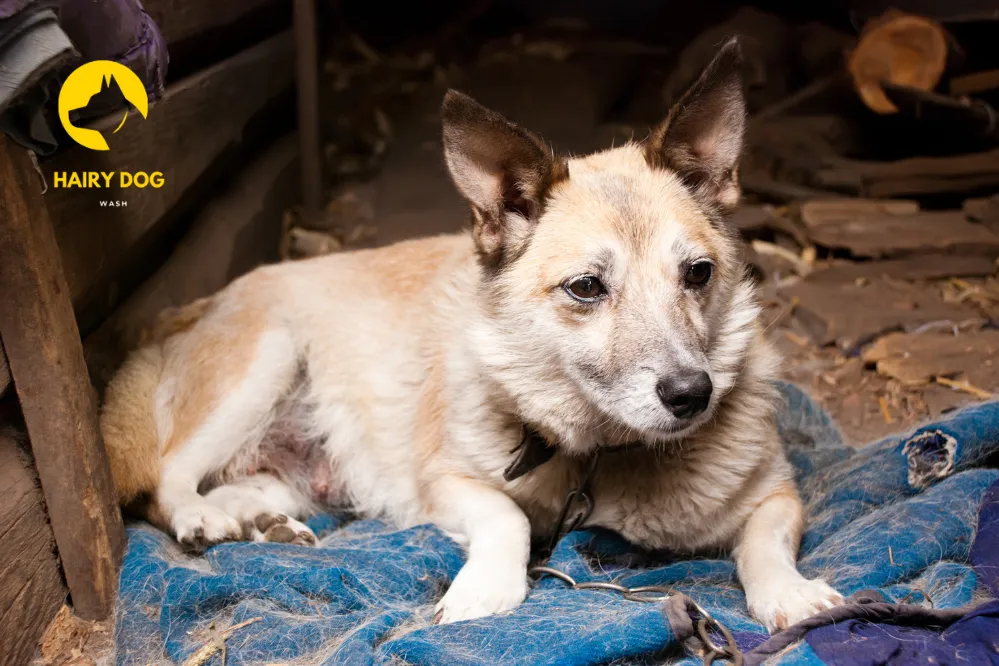
The right tools make a big difference. Here are some of the best grooming tools to help reduce shedding at home:
1. Slicker Brush
A slicker brush has fine, short wires close together. It helps remove loose fur and works well on most coat types.
2. Deshedding Tool
Tools like the Furminator are made for removing loose undercoat. They are very effective, especially for double-coated dogs.
3. Bristle Brush
This brush works best for short-haired breeds. It helps remove loose fur and keeps the coat smooth.
4. Grooming Gloves
These gloves have rubber tips and are great for dogs who don’t like brushes. They are easy to use and work while petting your dog.
5. Undercoat Rake
This tool reaches deep into the coat to pull out loose undercoat hair. It is perfect for thick or long-haired dogs.
How to Groom Your Dog at Home
Grooming at home is simple with the right steps. Here’s a basic routine to follow:
Step 1: Choose the Right Time
Pick a quiet time. Avoid grooming when your dog is tired or anxious. Make sure the area is clean and free of distractions.
Step 2: Brush Before Bathing
Brush your dog before giving a bath. This removes loose hair and makes bathing easier.
Step 3: Use Dog Shampoo
Use a mild shampoo made for dogs. Avoid using human shampoo, as it may dry out their skin.
Step 4: Rinse Well
Make sure to rinse all the shampoo out. Leftover soap can cause itchiness and dryness.
Step 5: Towel Dry and Brush Again
After the bath, towel dry your dog. Once dry, brush again to remove loosened hair.
Step 6: Clean Up
Vacuum the area to pick up stray hairs. Clean your tools after use.
How Often Should You Groom Your Dog?
It depends on your dog’s breed and coat type. Here are general guidelines:
- Short-haired dogs: brush once a week
- Medium-haired dogs: brush 2 to 3 times a week
- Long-haired or double-coated dogs: brush every day
- Bathe once every 4 to 6 weeks unless dirty or smelly
The more often you groom, the less hair you’ll find around the house.
Diet and Shedding
Your dog’s diet affects their coat. A poor diet can lead to dull fur and more shedding. A good diet keeps the coat shiny and reduces hair loss.
Here are some tips:
- Feed a balanced diet with high-quality protein
- Include omega-3 and omega-6 fatty acids
- Add fish oil or supplements if needed
- Give plenty of fresh water
Ask your vet before adding new supplements. Every dog is different.
Other Tips to Reduce Shedding at Home
Besides grooming and diet, here are more ways to control shedding:
1. Use a Lint Roller
Keep lint rollers in your car and home. They help remove hair from clothes, furniture, and car seats.
2. Vacuum Often
Use a vacuum with a pet hair attachment. Vacuum floors, rugs, and furniture at least twice a week.
3. Use Washable Covers
Put covers on your dog’s favorite spots. Wash them regularly to keep hair and dander under control.
4. Keep Your Dog Hydrated
Dehydrated skin sheds more. Always keep fresh water available.
5. Control Fleas and Ticks
Fleas and ticks cause itching. This leads to scratching and hair loss. Use vet-recommended flea prevention.
When Shedding Is a Concern
Sometimes shedding can signal a problem. Look out for these signs:
- Bald spots
- Red or irritated skin
- Constant licking or scratching
- Sudden increase in hair loss
- Hair falling out in clumps
If you see any of these, consult your vet. Your dog might have allergies, parasites, or other health issues.
Breeds That Shed More
Some breeds naturally shed more than others. If you own one of these, regular grooming is a must:
- Labrador Retrievers
- Golden Retrievers
- Huskies
- German Shepherds
- Akitas
- Pomeranians
- Corgis
These breeds have thick coats or undercoats. They shed seasonally and need extra care.
Breeds That Shed Less
Some breeds are low shedders, but they still need grooming:
- Poodles
- Bichon Frise
- Shih Tzus
- Yorkshire Terriers
- Maltese
- Schnauzers
These dogs may need more brushing to prevent tangles, even if they don’t shed much.
Final Thoughts
Shedding is natural. But it doesn’t have to take over your life. With the right grooming routine, tools, and diet, you can reduce the amount of dog hair in your home.
Start with regular brushing. Use proper tools for your dog’s coat type. Add bathing and drying to your routine. Feed a healthy diet. Keep your dog hydrated and flea-free. Pay attention to any changes in your dog’s coat or skin.
Grooming is not just about looks. It’s part of your dog’s health. It’s a time to bond, to check for issues, and to keep your home clean. Stay consistent, and you’ll notice the difference in both your dog’s coat and your own peace of mind.
